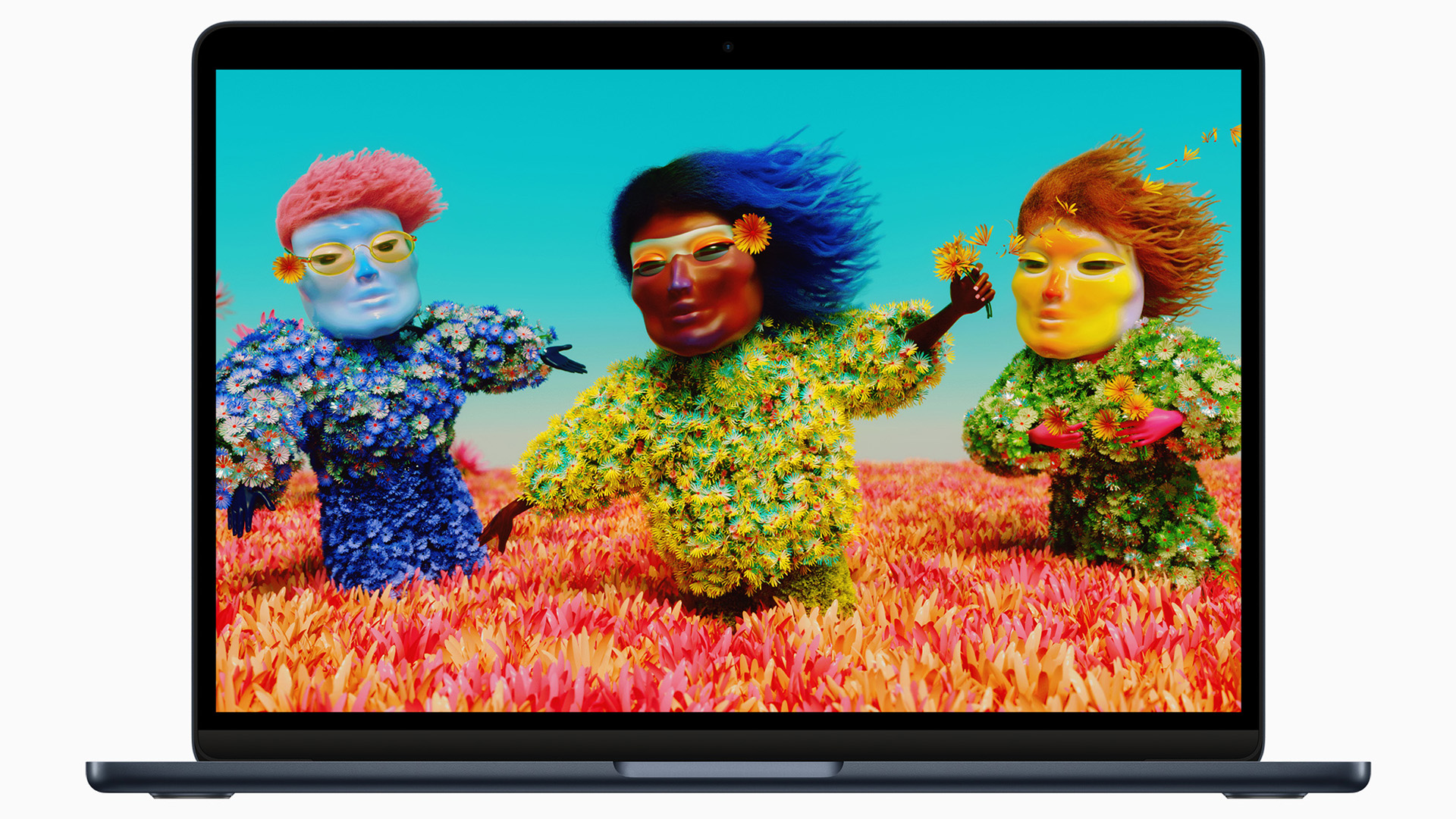MacBook Air and iPad Pro rumor says huge display upgrades are incoming
Apple's investing heavily in next-gen display tech for future iPad and MacBook models


The M2 MacBook Air and M1 iPad Pro have pretty great displays: the Mac has a Liquid Retina display with 500 nits of brightness, and the iPad Pro has a Liquid Retina XDR with 1,000 nits. The difference in brightness is partly because they have different display technology inside them: the Mac has a LED-backlit screen and the iPad Pro has a mini-LED display, which has much smaller and more tightly packed LEDs for better contrast. But there's an even better display tech out there, and Apple's bringing it to its laptops and iPads alike.
The tech? OLED. By removing the need for any kind of backlight, OLED displays such as the one in the iPhone 13 deliver superb colour and contrast, excellent picture quality and better energy efficiency too. While Apple is currently moving its displays from LED to mini-LED, it's already planning a shift to OLED in 2024.
Apple and OLED: why I'm excited
According to display industry analyst Ross Young, Apple intends to release OLED versions of the 13-inch MacBook Air, 11-inch iPad Pro and 12.9-inch iPad Pro in 2024. All of those models will use LPTO technology – which Apple brands as ProMotion – to deliver variable refresh rates capable of going from a smooth 120Hz down to virtually zero, much lower than the current ProMotion display in the iPad Pro. So the displays will be smoother, slimmer and much more energy efficient.
Given that those models are also two processor generations away – if Apple's current momentum continues, we're looking at M4s for the Air and at least M3s for the Pros – these could be incredibly thin, light and powerful devices with even better battery life and performance per watt than the current crop. And the current crop of MacBooks and iPad Pros are already the best tablets and best laptops you can buy. Roll on 2024.
Get all the latest news, reviews, deals and buying guides on gorgeous tech, home and active products from the T3 experts
Writer, musician and broadcaster Carrie Marshall has been covering technology since 1998 and is particularly interested in how tech can help us live our best lives. Her CV is a who’s who of magazines, newspapers, websites and radio programmes ranging from T3, Techradar and MacFormat to the BBC, Sunday Post and People’s Friend. Carrie has written more than a dozen books, ghost-wrote two more and co-wrote seven more books and a Radio 2 documentary series; her memoir, Carrie Kills A Man, was shortlisted for the British Book Awards. When she’s not scribbling, Carrie is the singer in Glaswegian rock band Unquiet Mind (unquietmindmusic).
